Horticultural Artists Grow Fantastical Scenes at the Montréal Botanical Garden
Take a peek at some of the living artwork entered in an international competition in Quebec this summer
/https://tf-cmsv2-smithsonianmag-media.s3.amazonaws.com/filer/e3/d6/e3d627ce-c4ed-4ff6-bcb5-c0a1c8f9916a/a-true-story-shanghai-mosaicultures-internationales-de-montreal-guy-boily.jpg)
Perhaps you have heard of topiary, the decorative pruning of shrubs into animals and other shapes. But, what about mosaïculture?
The term was new to me when I read the definition that organizers prescribe to at Mosaïcultures Internationales, a competition staged every three years at a park or municipal garden somewhere in the world. “Mosaïculture,” says the competition’s website, “is a refined horticultural art that involves creating and mounting living artworks made primarily from plants with colourful foliage (generally annuals, and occasionally perennials).”
The process works a bit like this. To start, horticultural artists build metal frames for their sculptures. They cover the frames with soil netting and then plant seeds of different flora in that soil, much like a ceramicist lays tiles in a mosaic. The task draws on an artist’s skills in a variety of different areas, notes Mosaïcultures Internationales—”on sculpture for its structure and volume, on painting for its palette, and on horticulture in its use of plants in a living, constantly changing environment.” Grown in greenhouses during the spring months, the artworks, when fully grown, are installed outdoors, in parks and gardens.
This summer, about 50 sculptures and reliefs, consisting of some 22,000 species, dot a 1.3-mile path through the Montréal Botanical Garden, site of Mosaïcultures Internationales de Montréal 2013. More than 200 horticultural artists from 20 countries submitted work that represents their cultures and fits with the “Land of Hope” theme, meant to showcase Earth’s biodiversity; they are vying for a jury-selected Grand Honorary Award and a People’s Choice Award. Here are a few for you to enjoy:
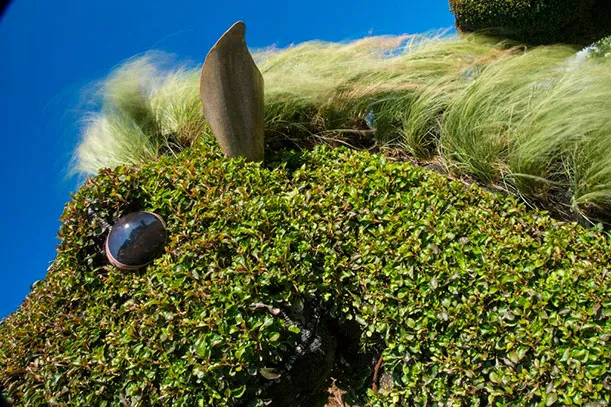
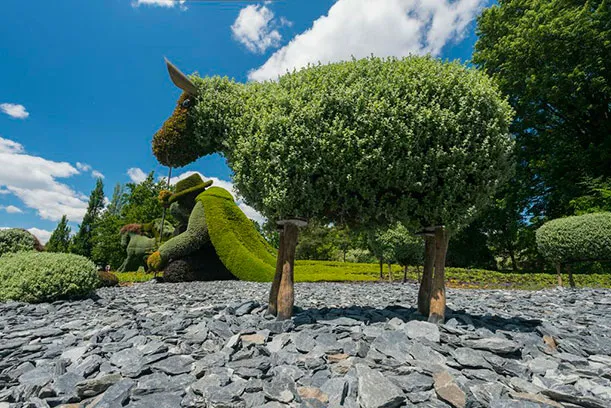
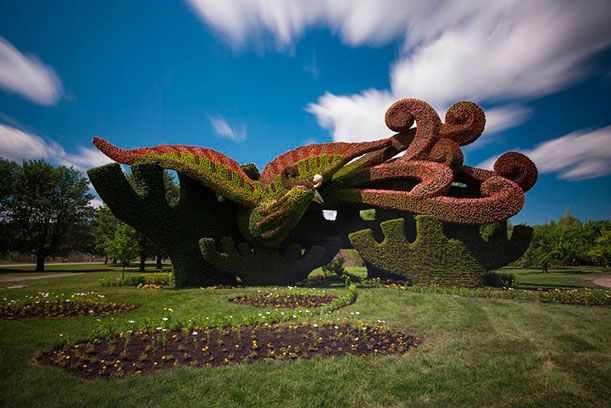
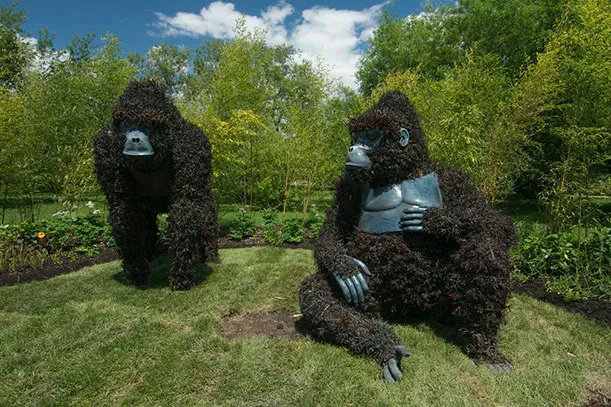
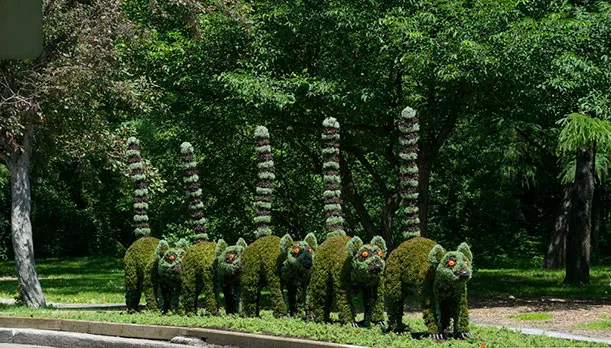
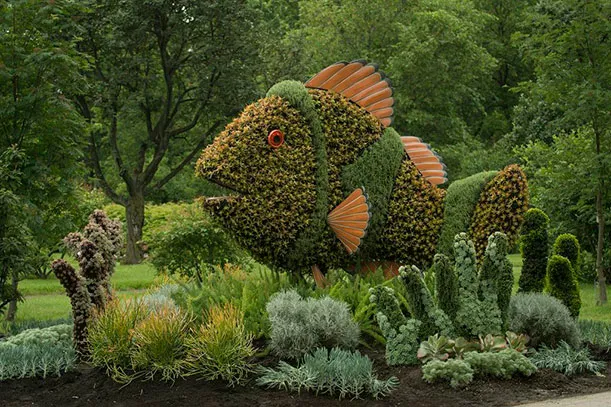
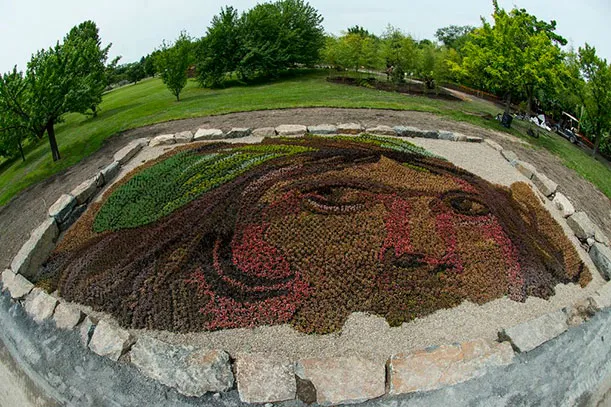
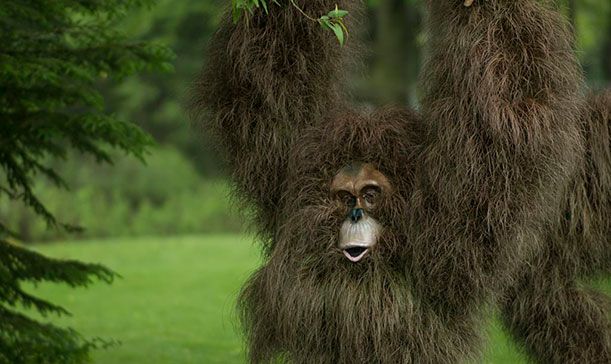
Mosaïcultures Internationales Montréal 2013 – Land of Hope is on display at the Montréal Botanical Garden through September 29, 2013.
/https://tf-cmsv2-smithsonianmag-media.s3.amazonaws.com/accounts/headshot/megan.png)
/https://tf-cmsv2-smithsonianmag-media.s3.amazonaws.com/accounts/headshot/megan.png)